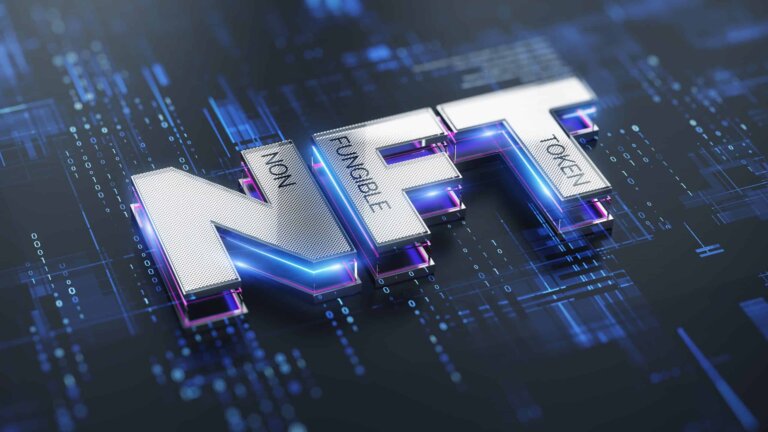Even if you don’t know much about them, you may have seen the term “NFT” in relation to cryptocurrency services like Bitcoin and secure blockchain technology. Non-fungible tokens, or NFTs, are unique digital identifiers stored on blockchains that essentially serve as certificates of ownership for other property. Many digital file types can be used as NFTs, but they’re usually images, GIFs, or video files. Because they’re so easy to create, many people don’t think about the potential IP concerns in this new field.
However, NFTs are just as vulnerable to theft as any other work. Like your logo, having your NFT stolen doesn’t just impact your profits–it could hurt your overall brand. If you’re thinking of making your own NFTs, it’s important to take steps to protect them from unauthorized use.
Trademarking NFTs
Did you know that less than 0.3% of all U.S. applications for trademarks included the term “NFT”? That’s a surprisingly low number, considering the soaring popularity of NFTs and the protection that trademarks can confer. Here are a few things to consider if you’re thinking of creating your own NFT.
- Don’t use someone else’s work without their authorization: Because NFTs are so new, there’s a lot of confusion about whether making an NFT using someone else’s trademarked or copyrighted work infringes on their IP rights. If you decide to use someone else’s work, exercise caution and make sure you have written permission to do so.
- Pick a distinctive name: Names that are memorable, creative, and unique are strongest and most likely to be approved by the USPTO.
- Do your research: The Trademark Electronic Search System (TESS) is a great tool to conduct a search for current NFT trademarks. Be sure to check the different spellings and appropriate class of goods and/or services. TESS can be hard to navigate for the inexperienced. If you do not have experience with this platform, consider hiring a trademark attorney to conduct the research.
- Review your application carefully: As always, take the time to reread and check your trademark application before you submit it. As we mentioned, the law around NFT trademarks is still developing, so err on the side of caution if you can and consult with a trademark attorney first.
- Check your application status regularly: The USPTO trademark registration process usually takes anywhere from 12 to 18 months. The Examining Attorney may communicate with you via phone or email. Be sure you have included the correct and most convenient contact information in your application.
Reasons to Trademark Your NFT
There are many benefits to trademarking NFTs. Perhaps the most important is that once your trademark is registered it will be yours exclusively and nobody else can use it—or anything similar—without your authorization.
- Registering your NFT prevents any conflict with existing trademarked works. It confirms that your NFT name and logo do not infringe on any existing trademarks and are available for your exclusive use.
- An NFT trademark protects your brand. By trademarking your NFT, you are preventing anyone else from trademarking an NFT with the same or similar name as your creation. It also prevents anyone else from benefiting from your hard work.
- An NFT trademark increases the value of your NFT creation and the property it represents. These trademarks provide a note of authenticity to your audience which increases trust in your brand which, in turn, will increase your revenue.
- An NFT trademark gives you legal permission to use the ® trademark symbol with your name and logo. The symbol makes it known to the public that the name and logo for your NFT are protected under federal law. The credibility of your brand increases and it keeps your competitors from using any element of your innovation – both promote trust in your brand.
By protecting your NFT, you’re also protecting the hard work you put into developing it. The experienced team at Bold Patents can help ensure you take the proper steps to safeguard your innovations. Contact us today.

